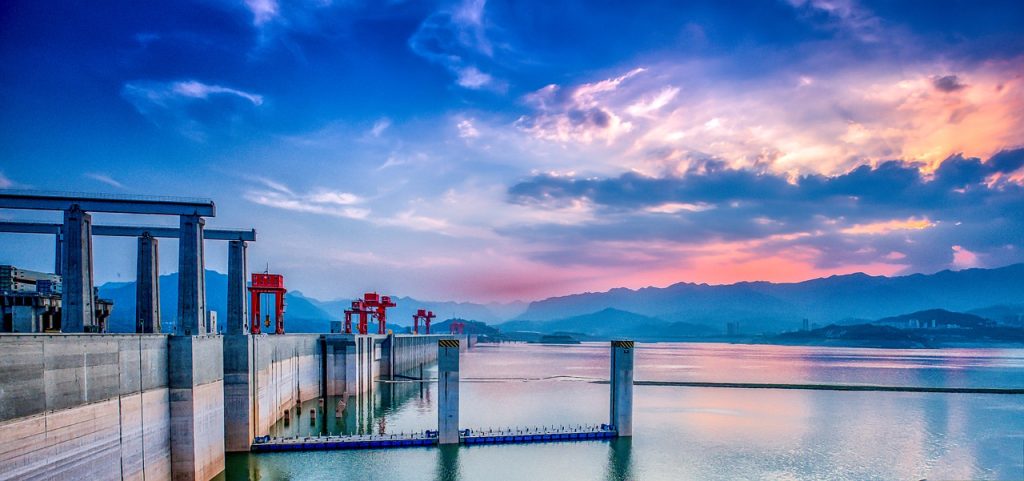(Sustainabilityenvironment.com) – What is the Hydropower? Is the world’s number one renewable source. Despite its 140 years of history, since the first power plant came into operation in 1882, the sector still has unexplored potential. But the economic and ecological assessment of hydroelectric basins needs precise data.
To plan new plants related to water power, it is necessary to take into account a number of fundamental parameters such as the amount and composition of sediments transported and deposited in the basin itself. It is a pity that these data are not always available at the pre-planning stage, especially in the case of large areas.
The European project Hypos (hydro-power-Suite) was born from this assumption. The initiative, led by an international consortium, has created an online tool for the hydroelectric industry that combines Earth’s satellite observation (EO) technologies with hydrological modeling and possible on-site information. This makes it possible to plan and monitor the environment and investments more accurately and at a much lower cost than a field survey.
In detail, the Hypos portal provides easy access to the most important data for environmental assessment and reporting: from inflow/outflow volumes to sediment management (e.g. rinsing or dredging), from evaporation rates to river and bed erosion rates, as well as phytoplankton information and higher aquatic vegetation development. Almost real-time monitoring of sediment management activities (e.g. downstream sediment concentrations).
In other words, the solution allows strategic hydropower planning at the basin level. The portal has so far been tested at the Gebidem hydroelectric dam, the Verbois/Chancy Pougny hydroelectric power plant in Switzerland, the Enguri hydroelectric power plant in Georgia and the Banja hydroelectric power plant in Albania. The Institute for Electromagnetic Detection of the Environment (
) of the CNR took part in the project.

